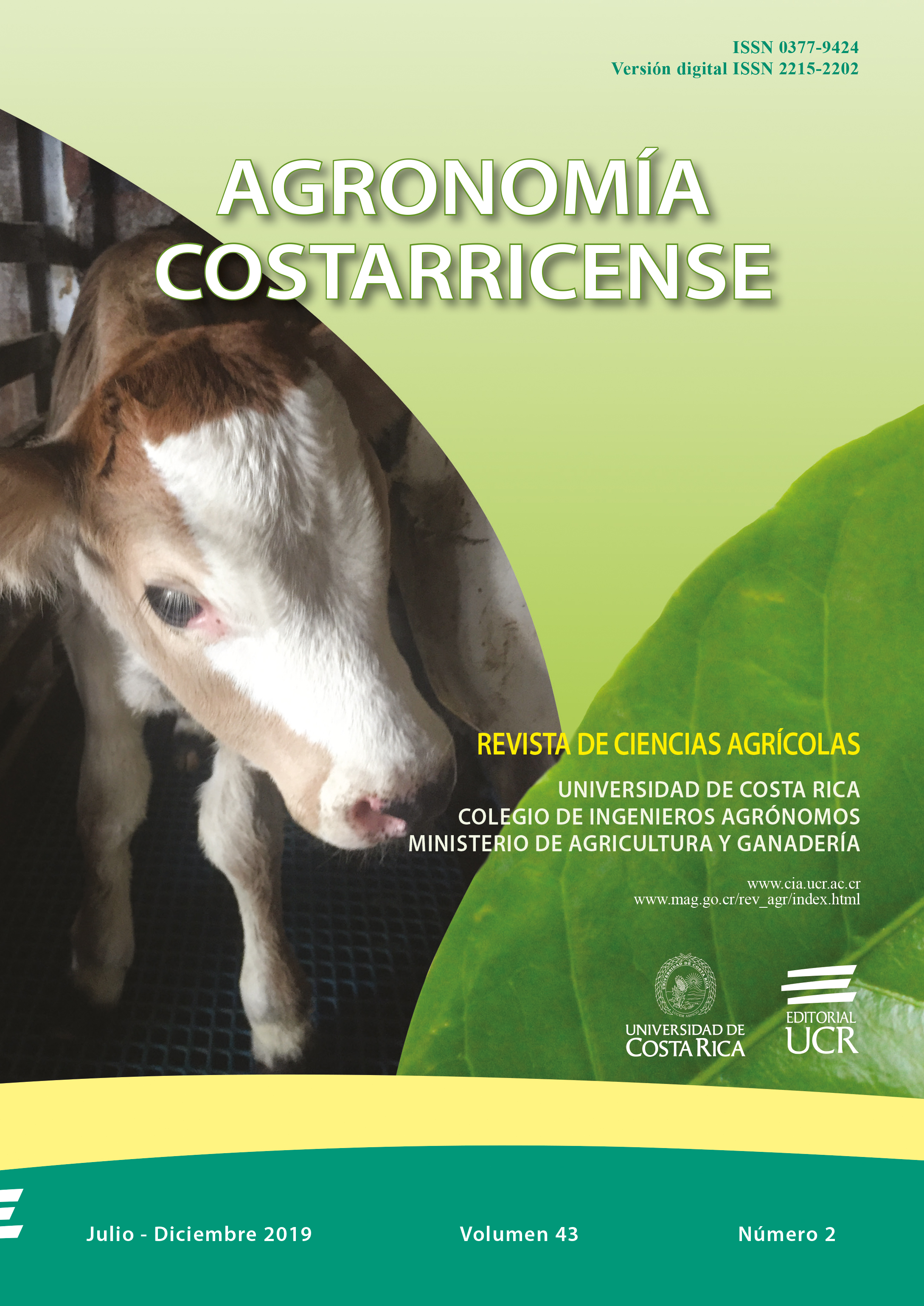Abstract
Chemical analysis were performed on 26 samples of fresh single-used and recycled rice husk poultry litter from conventional and tunnel-ventilated housing systems with the objective to characterize its nutrient composition and to study the effect of housing design and litter reutilization on nutritient concentration. In addition, 17 samples were stored under non-controlled environmental conditions for 60 days, in order to determine the effect of storage time on nutritional composition. Samples were analyzed for dry matter (DM) at 135°C, crude protein (CP), neutral detergent fiber (NDF), acid detergent fiber (ADF), neutral detergent insoluble nitrgogen (NDF-N), acid detergent insoluble nitrogen (ADF-N), ether extract (EE), digestible energy (DE), non-protein nitrogen (NPN), ashes, lignin (LDF), protein equivalent (PEq), and Ca and P content. Poultry housing design had no effect on litter nutritional composition; however, recycled bedding showed higher values (p<0.05) for CP, ADF, Ca and P, when compared with single-used litter; the latter had lower (p<0.05) DM and NDF content. Furthermore, storage time had a significant effect (p<0.05) on CP, NPN, EE, NFE, NDF, ADF and DM. Recycling and storage time of broiler litter affected its nutritional composition; while housing design had no effect. Evaluated poultry litter in this investigation is consider as an appropriate ingredient for ruminant feeding, as long as its usage follows government laws and recommendations from the National Service of Animal Health (SENASA) and other international authorities that regulates its proper use.


